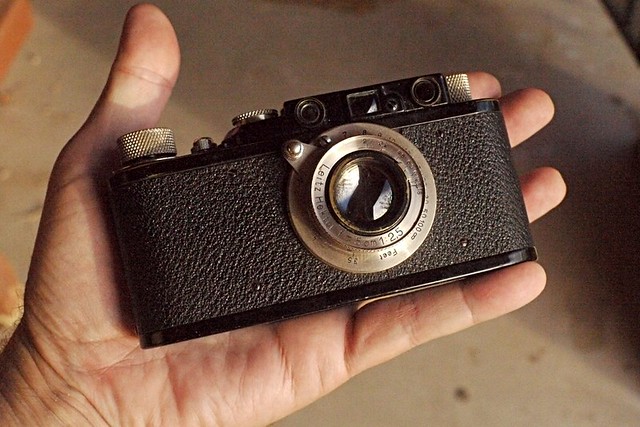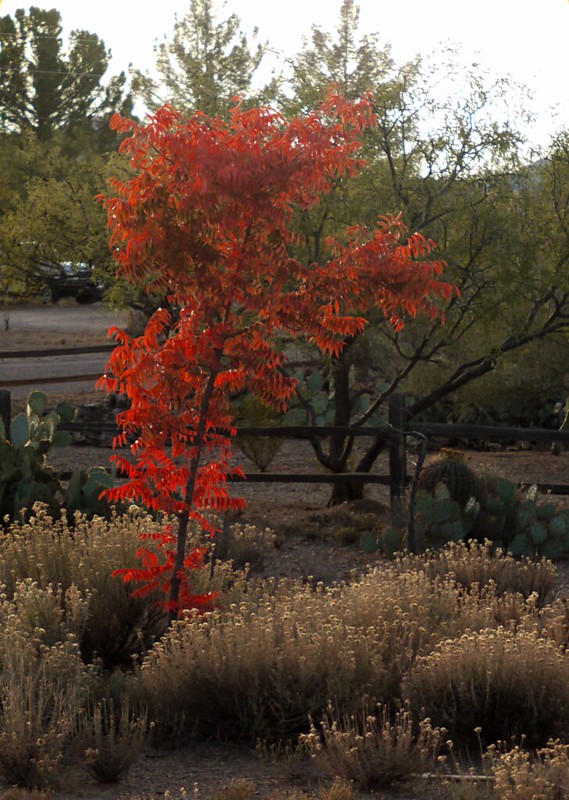Whenever I get an antique lens it's an exciting ritual to
take the first shot with it. None of my lenses are newer than 40 years
old, some are 140 years old. Most have sat forgotten in a drawer, barn,
or attic for decades, not seeing the light of day. As I prepare the lens
to shoot, I think about its prior owners, usually long gone. What
sacrifice did they make to afford what at the time were extremely expensive professional
photography items? Did the lens take happy family times? Did it capture
famous people? Did it shoot war, or amazing new inventions such as the
first car in town? Did the photographer enjoy the lens as a prize
possession his entire life? We seldom
know.

This particular lens is from 1930, mounted on a Leica I originally,
which was factory upgraded to a Leica II at some point prior to WWII. This was a common service Leica did, and many
cameras were upgraded as new features (like the rangefinder focus on this one)
became available. The Hektor 50mm F2.5 (named
after the inventor’s dog) was Leitz’ attempt to make a faster lens than their
popular Elmar F3.5. At the time, film
speed was only about 25 ISO, so a fast lens allowed you to handhold the new
tiny cameras in lower light without blurring the picture. It
was only made for 6 years; the Elmar is still being made today. Adjusted for
inflation in today’s dollars, the camera and lens cost about $4500. Who pays that much today for a camera? We may have clues.


Inside the leather case is penned “Property of…” and a
name. My wife is an active genealogy
researcher, and quickly searched the unique name and the location it came
from. She found an old newspaper picture
of a young mine engineering student enrolled in college in the late 1930s,
about the time this camera was upgraded.
She also found a quality vintage compass being sold with the same name
in its leather case. A mining engineer
would certainly use both a compass and quality camera prospecting in the
West.
The camera arrived last night, too dark to properly inspect it, but it looked in excellent condition. As the light came up this morning, I looked at it closer and see it’s in fine shape, glossy black with the early nickel lens and knobs (later ones are chrome). I carefully unscrewed the lens and put it on my G1 camera for its first picture in who knows how long. Now, what to take? I stepped onto the front porch, and there, blazing in the morning light, is our Chinese Pistachio tree that we planted 8 years ago. We had one in Las Cruces that grew more in 2 years than this one in almost a decade, but it is putting on quite a show regardless. So there it is, the first time the 1930 Hektor is used by its new owner.


<< Home